The Surprising Origins of Your Favorite Games
Failed Resident Evils, Master Chief in 3rd person and the Mario game you’ll never play

Mario 128 was at one point an actual game. Coined by Nintendo mad man, Shigeru Miyamoto in a Nintendo Power interview, Mario 128 was the “supposed” successor to Super Mario 64. We know what you’re thinking: Mario’s had two sequels - Sunshine and Galaxy - on GameCube and Wii respectively since Mario 64 was released. One of those HAS to be M128. Not so fast chump (or chumpette).

It’s probably safer to say that “elements” of Mario 128 found their way into Sunshine and Galaxy, rather than evolving into the titles fully. Let’s take you back: the only known footage of Mario 128 appeared at SpaceWorld in 2000. Gander below and you’ll see what was shown. More of a GameCube tech demo than an actual game, one Mario runs around chucking boxes and unearthing what later becomes 128 of the idyllic Italian. Let’s not gloss over the important corpse-rolling physics as well. That’s all well and good, but where the hell’s our sequel?
Well, SpaceWorld 2001 rolls around and the first footage of Super Mario Sunshine is shown. That must be Mario 128, right? Miyamoto had this to say: “In the case of Mario, obviously we were doing work on the Mario 128 demo that we were showing at SpaceWorld, and separately we were doing work on experiments that we made into Sunshine.” To clarify, parts of the tech demo made their way into Sunshine, but it wasn’t the same product.
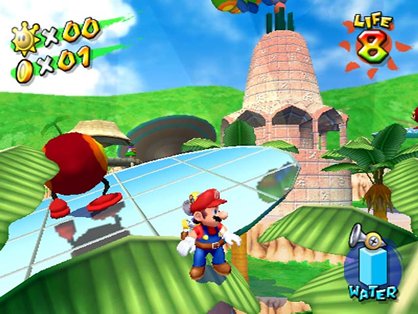
Above: Is this Mario 128? NO!
However, rumors kept popping up in the next two years that M128 was still being developed. With the GC’s lifespan coming to a halt, people began wondering what we’d see and when we’d see it. In an interview with GameSpy after E3 2004, Miyamoto confirmed M128’s existence but wasn’t sure what platform it would run on. GAH! How aggravating. What is this mystery game and why can’t we have it?
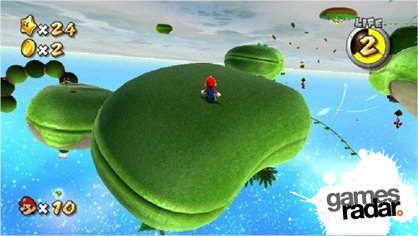
Above: How about now? NO!
Even head honcho, Reggie Fils-Aime had seen “bits and pieces.” Another E3 and nothing. Development shifted towards the Revolution (Wii) and Miyamoto hinted that M128 played a large role in the new console’s creation. Once Galaxy was announced, Miyamoto iterated that again, M128 was a completely different thing in of itself. So, what happened to this product?
Sign up to the GamesRadar+ Newsletter
Weekly digests, tales from the communities you love, and more
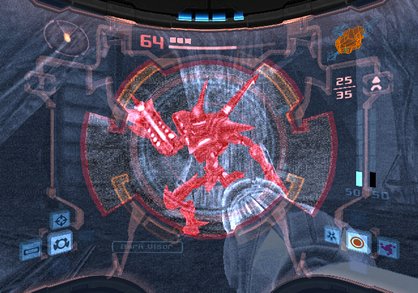
Above: Would you believe M128 became this?
At GDC in 2007, Miyamoto went on record and claimed M128 to be nothing more than a tech demo for the GameCube. Confused? Also, multiple elements from the demo like controlling multiple characters were fused into the development of Pikmin. The idea of spherical environments were used in Galaxy and Zelda: Twilight Princess. And reportedly, some physics tech was used in the creation of Metroid Prime. Have we finally seen the last of M128? We’re too lazy and frustrated at this point to even muster a guess.
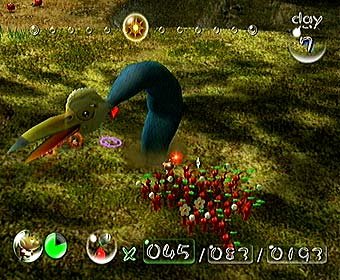
Above: Or this?
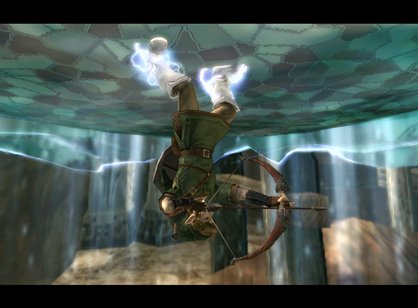
Above: Or even this? Believe, dear reader!


Halo - and the resulting multimillion dollar franchise - started life as an RTS for the Mac and PC. What came next was a series of development shifts, build changes and some hefty financial backing by one Microsoft.

This has all been covered to death because the Halo juggernaut - sorry, trilogy - is arguably the most successful gaming franchise in recent memory. Originally shown at E3 1999, the Halo RTS was reportedly well-received. One year later at E3 2000, a brand-new trailer marked the first public unveiling of the game as a third-person action game.
The ten-minute trailer featured a group of soldiers raiding an ancient Covenant temple before being ambushed. The environment is relatively lo-res and Master Chief makes a quick, yet memorable appearance, stabbing an enemy with a Plasma Sword. Also, pay attention to the herd of space-animals that circle the Warthog.
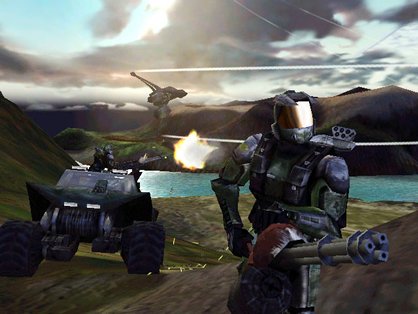
Above: The first official Halo screenshot
Shortly after this trailer unveiling, Microsoft purchased Bungie and Halo became an exclusive for Microsoft’s first console, the Xbox. In this time, the engine was rewritten and the game was made into an FPS. It didn’t matter that E3 2001 was met with mixed reactions, because a few months later, Halo launched with the Xbox and was immediately a hit. Bungie then made a few sequels, but no one really remembers them.


You probably recognize the Conker in that title. Well, before Rare released Conker’s Bad Fur Day for the N64 in 2001, the original game featured none of the potty humor and was extraordinarily cute. So cute in fact that it was laughably boring. Let’s explain.

Conker’s Quest or Twelve Tales started as yet another Rare platformer starring a chipper squirrel. This original title was presented at E3 1997 and looked to continue Rare’s trend of adorable, yet irritating games released for a younger crowd. Hell, Conker even appeared as a playable character later that year in Rare’s Diddy Kong Racing.
However, after Donkey Kong 64, Banjo Kazooie, Banjo Tooie and DKR, yet another Rare platformer just seemed so damn dull. Fearing Conker would be ridiculed and ultimately forgotten, Rare scrapped what they had and rebuilt Conker to stand apart from everything on the market.
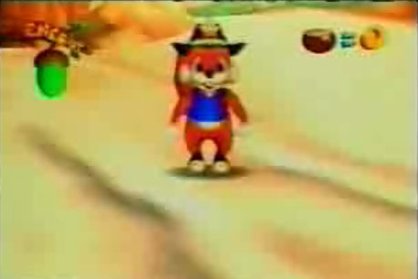
Above: So cute
Gone were the high-pitched yelps whenever Conker jumped and the wide-eyed innocence of youth. Instead, Conker was overhauled for a “mature” audience. Of the changes, Conker became a lumbering drunk who could pee on enemies. Got your attention now? You also fight a singing boss made of shit and cuss extensively.
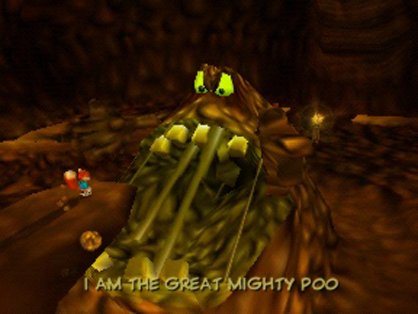
Above: That’s a big pile of shit
Besides breaking their own formula, Rare also ditched the collectible-hunting that was littering their games. Instead, every time Conker found a useful item, it was used almost immediately. Additionally, film parodies from The Matrix to A Clockwork Orange rounded out Conker’s adventure and made the game stand out to audiences and critics alike. And (not) surprisingly, Nintendo tried to distance itself from the product, by refusing to let Nintendo Power mention the game and by airing commercials only during the late hours.


Besides the tumultuous relationship between Square and Nintendo (Square couldn’t possibly fit its behemoth game on an N64 cartridge and published on the PS1 instead), there is very little information on how arguably the biggest RPG of all time took shape. We’ve found some interesting tidbits. Read on!

According to an Editors of Level magazine interview with FFVII Director and Scenario Writer Yoshinori Kitase, FFVII was originally set to be a 2D release for the SNES. After the release of Final Fantasy VI, planning began for VII in 1994. Apparently Hironobu Sakaguchi - the series creator and founder of Mistwalker - wanted the new Fantasy to take place in New York City, 1999. Sakaguchi also wanted a sorceress to play a big role. Development halted for a period of time to focus on Square’s other big project, Chrono Trigger. The New York and sorceress elements were absorbed into Parasite Eve and Final Fantasy VIII respectively.
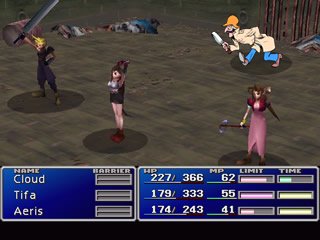
Above: Here is an artist’s rendering of “Hot Blooded Detective Joe” - who was originally planned to hunt the main characters
In an interview with IGN at GDC 2007, Game Director & Character Desigining badass Tetsuya Nomura, spoke about Sakaguchi’s orginal FFVII script. To say the story differs completely from the final product is an understatement. Apparently, Nomura had originally written FFVII to be a detective story starring a character named “Hot Blooded Detective Joe,” who was involved with chasing the main characters before they blew up Midgar.
Above: The real-time demo that killed possibilities for the N64
Yeah - you can’t make that stuff up. Anyway, Kitase feared FFVII would get left behind if it wasn’t 3D (the new hotness in 1995). A 3D tech demo was commissioned using the FFVI characters in a real-time battle called “Final Fantasy SGI” (for Silicon Graphics, Incorporated - the team that created the demo). It worked and development shifted towards the CD-ROM based PlayStation. Nintendo cried.


